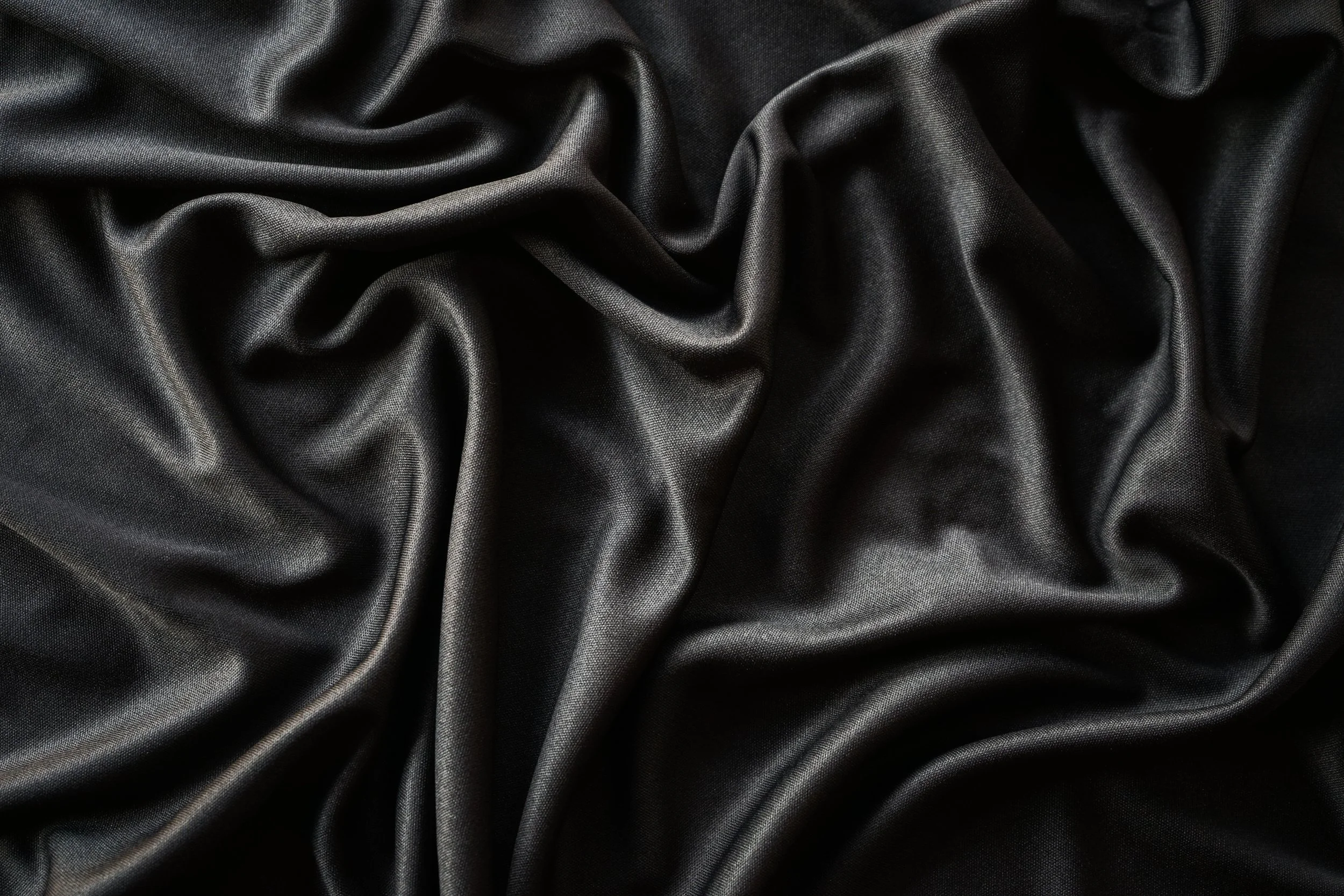
Films dismembered.
FADE IN:
INT. SCREENING ROOM - NIGHT
A low hum. Not silence. Not sound. Something in between. You enter. You think. Maybe you were already here. Maybe you’ve always been seated. The lights are low. The screen glows blank. Every seat is taken. Except one. Yours. You sit. The room breathes. Slow. Steady. Syncing with yours.
Then - a voice. A voice you sort of recognize. Not loud. Not clear. But yours now.
THE VOICE (V.O.)
This isn’t the beginning. But, it’s where we’ll start. You already know me by the sound of my voice. But, for those who don’t - I’m Gubi. If you don’t know me directly, you probably know someone who does. A friend. Or a friend of a friend. That’s how this spreads.
Someone shifts in their seat.
GUBI (V.O.) (CONT’D)
I’ve been working on something. A cinematic hallucination. A long exposure of everything I couldn’t forget. It’s called Sleepwalk Cinemas. It’s not a brand. It’s not a business. It’s not a film - not exactly. It’s a feeling. A fever. And, if you’ve found your way here, it’s because I want you to be a part of it.
Lights out. Projector hums. The walls feel closer than they did a moment ago.
GUBI (V.O.) (CONT’D)
So stay seated. Scroll slowly. I’ll explain everything. You’re just caught mid-dream.
You didn’t plan to stay. But, part of you did. Then the moment blurred and you realized that you’ve always been listening. And that I’m now the voice inside your head.
Welcome to Sleepwalk Cinemas.

This is not your usual night at the movies. It’s not a theater. It’s not a festival. It’s a place where films are stripped of context, spliced at the seams, and reassembled into something else entirely. Familiar stories unraveled. Not restored. Not remastered. This is cinema as a fever dream. A shared hallucination.
At its core, Sleepwalk Cinemas is a call to dismantle the familiar. A space to take your favorite films apart - emotionally, structurally - and tell them in a new language. It’s for those of us who believe cinema is still a living form. Not content. Not nostalgia. But experimentation. Collaboration. Expression.
If you’re reading this, it’s because I want you involved. We’re the creators. The musicians. The editors. The artists. The dreamers. The ones who want to cut deeper. Whether you make films, score them, break them, promote them, or just feel them differently - this is your place.
And when we make something - we’ll share it. We’ll showcase these pieces to live audiences in small, intimate spaces. Sometimes in venues we rent. Sometimes in places we partner with. Sometimes in places that feel like they weren’t meant for movies at all. The setting may change. That’s part of the charm. But each showing will be ticketed with snacks and drinks - depending on venue.
Sleepwalk Cinemas isn’t open-source, but it is open-handed. When you contribute to a piece, it’s yours too. If something you’ve made is chosen to be screened, we’ll share in the profits - simple as that.
We’ll create limited-run posters for each showing - sometimes designed by us, sometimes by artists we admire. Each one is a trace, a residue of the night. The film disappears when the lights come up, but the poster remains. It becomes the artifact. The souvenir. The only thing you can hold after the cut is gone.
The films will speak for themselves. Each cut will live once. And never again.
And this is just the beginning. Below, you’ll find the first three conceptual series that will shape this project’s foundation - each one a portal into the kind of cinematic experience I want to build.
Series Overview

Sleepwalk Cinemas isn’t a format. It’s a collection of hand-crafted film experiences - each one exploring a different way of altering what we think we know. These series aren’t streamlined. They’re built. Spliced. Re-scored. Rearranged with intention and care - letting something new emerge. The three initial series - Diplopia, Decomposed, and Fractured - form the foundation of this approach.
Diplopia layers films on top of one another, creating visual interference and misalignment - as if two realities are fighting for the same frame.
Decomposed removes original scores and replaces them with soundtracks that disrupt or reframe a film’s emotional logic.
Fractured pulls scenes from one or multiple films and splices them into a single restructured narrative - sometimes poetic, sometimes absurd.
The series within Sleepwalk Cinemas aren’t branded for style alone. Each name is carefully chosen - rooted in Latin, medicine, or structural terminology - to reflect the specific type of transformation being applied to the films themselves. These titles are designed to carry weight. They suggest not just a genre of experience, but an operation - a deliberate act of cinematic disassembly. Each title is a signpost. A method. A cut.
These are just the first configurations. The system is mechanical. Modular. Built for growth. And, we as collaborators will grow with it.
If you have a method, a structure, an obsession, a new vision - bring it.
Let’s make it real and premiere it.

Diplopia (n.)
From the Greek diplo- (“double”) + -opia (“vision”)
A condition where the eyes perceive overlapping visuals instead of a unified field of vision. Also known as double vision, diplopia occurs when the brain receives conflicting signals from the eyes and processes them simultaneously - resulting in distortion, misalignment, and visual interference.
In this series, that condition becomes a creative framework. Two films are superimposed into a single frame - one providing the audio while the other image overlaps, blurring the boundary between what’s real and what’s reflected. The screen becomes a space of competition, where two narratives struggle to occupy the same frame.
Technically, it’s simple: two full films are layered on top of each other in an editing software. But conceptually, Diplopia isn’t about duality - it’s about disruption. Familiar stories become unstable. Emotional cues misfire. Characters speak over ghosts from other films. Meaning surfaces not from plot, but from the tension in between. Sometimes it aligns beautifully. Sometimes it breaks completely. Either way, the audience is forced to choose what to follow - and what to let go.
This is binocular dissonance. A projection caught between memories. The screen, dreaming twice.
I want to use Diplopia to reframe classics through the lens of another genre - placing known narratives in unfamiliar emotional territory. I want to undermine narrative with mood, letting tone lead instead of plot. I want to create entirely new stories through juxtaposition - revealing something that was never scripted. I want the visual from one film to comment on the audio of another, forming dialogues across time, genre, and intention. And more than anything, I want to blur memory and perception in a way that mimics dream logic - disjointed, intuitive, and strangely true.
There Will Be Blood // The Shining
A man drills for oil. Another spirals through a haunted hotel.
Daniel Plainview’s voice is the sole authority. Jonny Greenwood’s unraveling strings become the pulse. There is no Jack Torrance here. There is no Danny. Only the ghost of ambition.
The Overlook Hotel is transformed. Its gold ballroom, its endless halls, its snowy silence - all feel like echoes of Plainview’s madness. Jack’s face becomes a mask for something older, colder. The slow collapse of the American family now plays out inside the ruins of capital. The horror isn’t supernatural - it’s industrial. There are no spirits. Only legacy. Only rot.
As Plainview rants about betrayal, the twins appear. As H.W. loses his hearing, Danny rides his tricycle past the elevator of blood. Everything becomes haunted by money, by land, by time. These are not competing stories. They are one narrative split in two: the story of a man who wanted the world, and the ghosts he left in his wake.
This is not about possession. This is about inheritance.
Not madness, but what madness is built on.
The Overlook becomes the oil field. The hotel becomes America. The horror is history.

Decomposed (adj.)
From the Latin de- (“down, away”) + componere (“to put together”)
A condition in which something once whole has been broken down into its fundamental parts. Also known as disintegration, decomposition occurs when an original structure - biological, musical, or conceptual - undergoes a process of decay, reduction, or removal. In its biological form, it refers to physical breakdown, the return of matter to base elements. In abstract terms, it describes the act of undoing arrangement - disassembling a system, idea, or composition into its essential components. What remains is the skeleton of form, stripped of its original function, awaiting transformation.
In this series, that process becomes a method. A film’s original score is removed and replaced with an entirely different sonic framework. We explore what happens when familiar emotional architecture is stripped and a new one implanted - resulting in tonal interference, narrative shift, and affective misalignment. The film remains visually untouched, but its pulse is replaced - its heart rewired. The new score may come from another film or a live performance. The goal is not nostalgia or homage, but transformation.
Technically, it’s simple: the original soundtrack is extracted, and a new one laid in its place. But conceptually, Decomposed isn’t about music - it’s about control. The score is what tells us how to feel. When that guidance is removed or reimagined, emotion becomes unstable. Scenes swell with unexpected meaning. Genres collapse. Familiar moments play with new weight, or none at all.
This is an aural prosthesis. A memory re-scored. The same image, heard differently.
I want to use Decomposed to rewire the emotional core of a film - to strip away what told us how to feel, and replace it with something that tells us something else entirely. I want to place familiar stories in unfamiliar sonic terrain, letting tone disorient expectation. I want to build new meanings through contradiction, through misalignment, through tension in sound.
The Godfather // The Shining
The wedding no longer feels like a celebration. The backroom deals no longer hum with confidence. Under the score from The Shining, The Godfather is recast as something far more withered and haunted - a story not of power, but of premonition.
Nino Rota’s sweeping, nostalgic score replaced with Kubrick’s icy unease. What emerges is a new Godfather: cold, still, and circling a void. The tension doesn’t build - it lingers. It decays. Wendy Carlos’s drones turn familial dialogue into whispered dread. Rachel Elkind’s tones stretch time like breath held too long.
Michael’s transformation becomes a kind of possession. Vito’s silences echo like omens. Tom Hagen’s calm starts to read as denial. And Sonny’s outbursts rupture the quiet like something primal - a beast loose in a mausoleum. We’re not watching a family fall from grace. We’re watching them rot from the inside out.
What once felt mythic now feels malignant. This isn’t a crime saga. It’s a slow funeral. One that never quite ends.

Fractured (adj.)
From the Latin fractura (“a breaking”), from frangere (“to break, shatter”)
A condition in which something once whole has been broken, cracked, or disrupted - either physically, structurally, or conceptually. Most commonly used to describe bones or hard surfaces, fractured also applies to narratives, systems, and patterns that have been destabilized.
In this series, that break becomes the form. Fractured disassembles a film’s timeline - cutting, splicing, and reshuffling its internal logic. Scenes are re-edited out of order. Character arcs collapse. Cause and effect become unstuck. The story may still be recognizable, but it no longer behaves.
The method is surgical. The goal is disorientation. Familiar films are reshaped into poetic systems - where tone overrides narrative, where memory mimics structure, where moments are given space to echo rather than resolve.
The result isn’t abstraction for its own sake. It’s emotional precision through structural disruption. Sometimes the story bends into something new. Sometimes it splinters completely.
This is narrative laceration. Temporal suture.
These are the first experiments in breaking narrative form. Each one cuts differently.
Memento // Retrogradus
This version doesn’t play with time. It honors it. The black-and-white scenes unfold. Leonard prepares. Waits. The color arrives. And everything happens in order. The twist is gone. There’s no reveal. Teddy dies when he’s supposed to. The clues line up. The story makes sense. And yet - something feels wrong. Because once it’s laid out logically, Memento loses its mystery. And what’s left behind is the deeper truth: This wasn’t about what happened. It was about how he needed to believe it happened.
In forward motion, the film feels quieter. Colder. Emptier.
You watch a man assemble meaning from scraps - even when the picture’s already complete. You don’t need the twist to see the loop.
The question isn’t what’s real. It’s how long he can keep pretending it is.
Drive // Inverbis
There are no words in this version. No threats. No promises. No names.
The dialogue has been removed entirely. What remains is stillness, glances, and sudden violence - a man in motion, gliding through a city that never speaks back. Without language, Drive becomes myth. Not a crime story, but a fable. The Driver isn’t a character. He’s a gesture. A presence. An outline in chrome and shadow. The love story is told in movement. The elevator becomes a ballet. The motel, a tomb. The city, a maze of neon arteries.
You don’t hear what’s said. You feel what isn’t. Every scene hums with withheld emotion - and when the violence erupts, it doesn’t interrupt the silence. It completes it.
This isn’t noir. It’s something older. A story told with headlights and hands. A fairytale with no voice - just the sound of a man disappearing.
Below are a few structural concepts I’m exploring for Fractured - each one a different way to break, bend, or rewire a film’s timeline.
Retrogradus (Reverse Arc) tells a story backwards - not just scene by scene, but emotionally. It begins in devastation and ends in innocence. The result is a tragedy that feels like it gets lighter as it goes, as if the weight of loss is being slowly peeled away.
Parallax (Character POV Drift) explores stories through misaligned perspectives. Characters occupy the same narrative space, but fall in and out of sync. Their arcs diverge just as they overlap. A love story where one is falling in, the other falling out.
Atemporal (Present-Tense Collapse) removes the past and future entirely. There is no setup, no resolution - only now. Exposition and transitions are cut. Every edit is emotional or thematic, not logical. The film becomes a suspended, disoriented now.
Exordium (Flash-First Structure) begins with rupture - the most emotionally charged moment - and then fractures outward. Like starting with the accident in Blue Valentine, then unraveling memory and contradiction. The first scene colors everything that follows.
Affectum (Tonal Isolation) reorders films by emotional texture rather than plot. All the silent moments together. All the arguments. All the red-lit rooms. The result feels like watching a mood unfold, not a story - something refiled by feeling.
Echolalia (Temporal Echo) repeats key scenes, slightly altered. Dialogue changes. Music shifts. Rhythms distort. The audience experiences déjà vu on purpose - until they no longer trust which version is real. Repetition becomes erosion.
Togographia (Fragmentation by Location) reshapes a film spatially instead of temporally. All bedroom scenes together. Then all hallways. Then all cars. The film becomes a map, not a sequence - a structure built from memory of space.
Narratio Ficta (Multi-Film Narrative) splices scenes from multiple films into a single story. What holds it together isn’t continuity, but tone. Rhythm. Shared emotional currents. The plot disappears. Resonance remains.
Abstructum (Conceptual Collage) isolates repeated gestures across films to create a new piece. An hour of Tom Cruise walking through doorways. Forty minutes of characters sitting alone in cars. Every moment someone hesitates before speaking. The narrative dissolves, and what’s left is pattern, obsession, rhythm.
Inverbis (Dialogue Isolation Cut) removes everything spoken to the protagonist. Or everything they say. The story becomes internalized. Isolated. It’s not about what’s said anymore - it’s about what’s withheld.
The structure’s already cracked. Now all that’s left is how far you’re willing to split it. If you have a new way to bend time, show me. This isn’t finished.
Branding

Company Name
Watching a film has always felt like dreaming to me. You sit still. The lights go down. And something unfolds that you can’t control.
I like to enter films with no context - just like dreams, they’re better when they surprise you.
Sleepwalk is about re-entering the familiar from a different state. Films we thought we knew, now altered, disoriented, misremembered.
This isn’t just cinema. It’s cinema as a subconscious.

The Logo
The Sleepwalk Cinemas logo is designed to feel like something remembered from a dream.
It’s uncertain, glowing, and half-submerged in shadow. The typography is elegant but elongated, slightly distorted - suggesting time stretched, memory bending, or vision doubled. The soft, spectral glow radiating from each letter echoes the flicker of a projector in a dark room, or the afterimage of light on closed eyes.
It’s not crisp. It’s not fixed. There’s a gentle blur at the edges - like the moment just before sleep takes you, or just after waking. It’s the middle ground of consciousness. It’s cinematic and cerebral, but softened - faded at the margins, like something that doesn’t want to be fully seen.
There’s no icon, no mark beyond the word itself. Because here, the language is the image. The logo floats - just like the films we present - suspended in a space between waking and sleep, recognition and disorientation.
It’s not loud. It doesn’t shout. It lingers.

The Gram
The Sleepwalk Cinemas Instagram lives in the dark.
The handle is @sleepwalkcinemas, but the name on the account is Luca Brasi - a nod to cinematic sleep, to absence, to a character who speaks from beneath the surface. He sleeps with the fishes. He doesn’t post for clout. He doesn’t advertise. He’s dead. No longer real.
The page is private. Intentionally. This isn’t marketing - it’s an invitation-only hallucination. The bio simply reads: “You weren’t supposed to find this.” Because if you did, and if you’re here, it means someone let you in. And if they let you in, they trust that you won’t bring a flashlight into the dream.
The profile image is two eyes - outlined, monoline, no pupils. Are they open? Closed? Watching? Sleeping? You don’t know. That’s the point. We don’t blink. We drift.
We keep it low. What we’re doing isn’t exactly legal. These aren’t licensed studio releases or traditional screenings. They’re altered artifacts, reassembled ghosts of familiar films. So the Instagram has to follow suit. Quiet. Shapeshifting. Temporary.
Each post will look the same at first glance: the Sleepwalk logo, black background. No captions. No hashtags. But tap in, and you’ll find something else - short, curated clips from the films we’re preparing to screen.
We don’t post ticket links. We don’t leave records. When we’re ready, stories go live with screening details - location, time, what to bring, how to find us. And then they’re gone. If you missed it, it wasn’t for you. Just like a dream: no permanence, no rewind.
This isn’t content. It’s residue.

We don’t do merch.
We do art.
The only physical trace we leave behind is the poster.
Every Sleepwalk Cinemas showing will be accompanied by a limited-run poster - not promotional, but commemorative. A relic of what happened. A visual echo of a one-night-only hallucination. These aren’t just film posters. They’re reinterpretations - just like the screenings themselves. Artifacts from a dream you had with strangers in the dark.
We’ll collaborate with artists, designers, illustrators, and the occasional obsessive from our own audience to design these pieces. Every poster will carry its own tone, its own distortion of the film it reflects. Sometimes reverent. Sometimes irreverent. Sometimes just the feeling the movie left behind.
We’ll share in the sales. Artists will get a cut. The rest will help fund the next strange thing we make. You’re not buying a logo. You’re not buying a T-shirt. You’re buying a slice of cinema that shouldn’t exist - but did, for one night.
Posters are cool.
They’re quiet.
They hang around.
They fade at the edges over time, like a dream you’re trying to hold onto.
You tack them up. You frame them. You look at them. You remember.
That’s enough.




